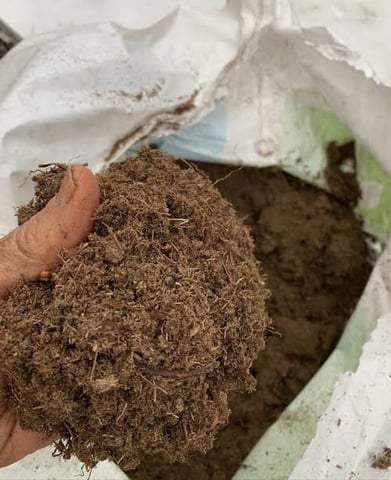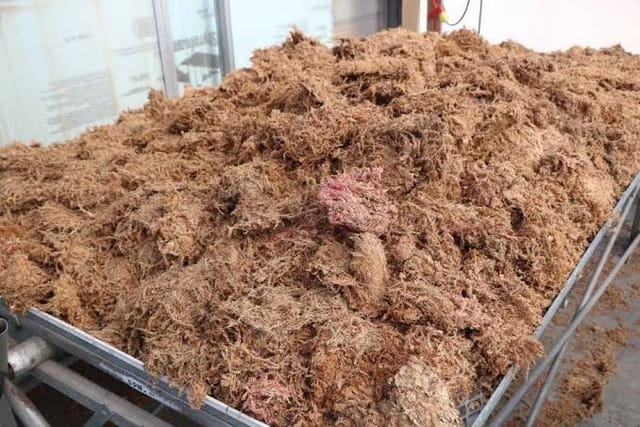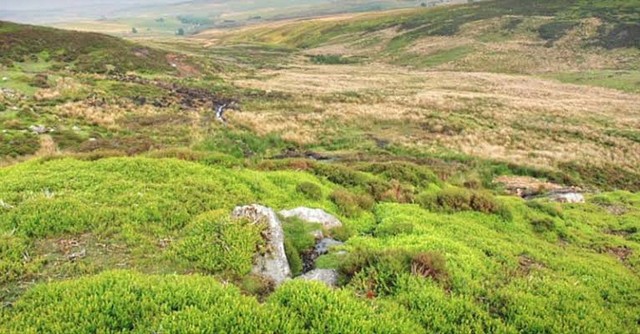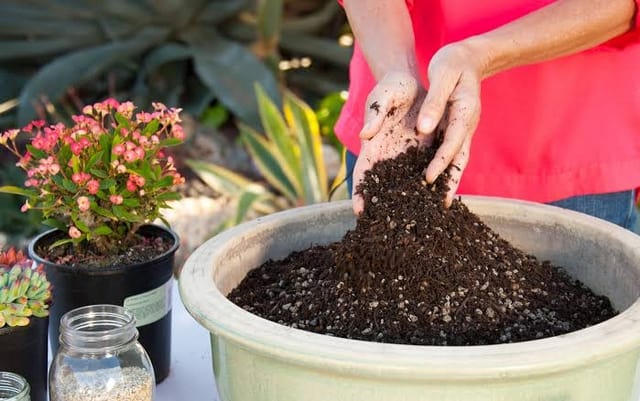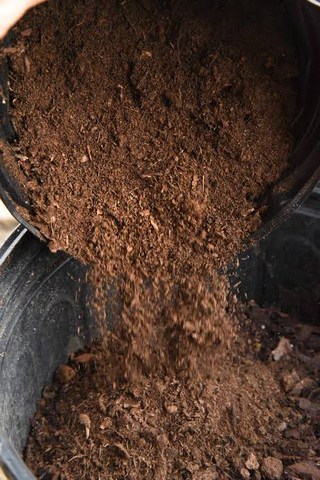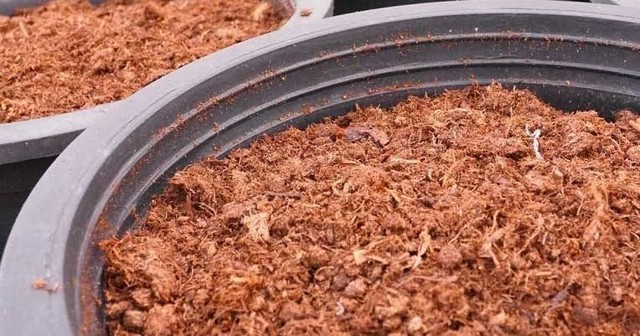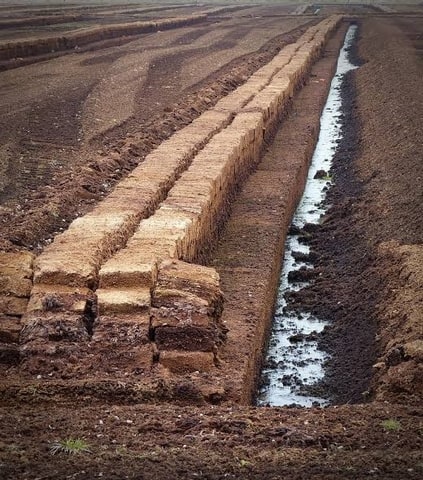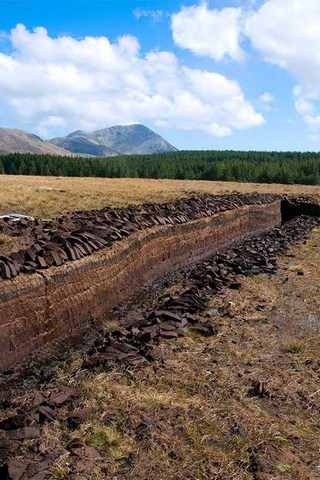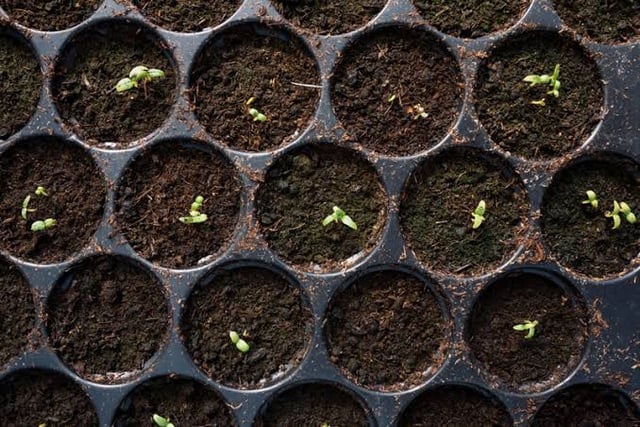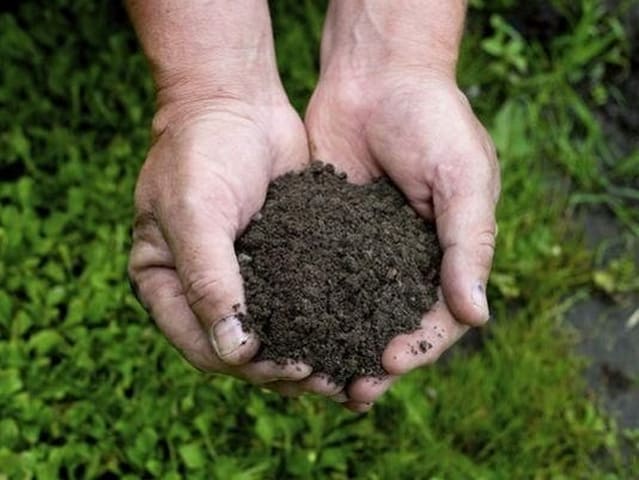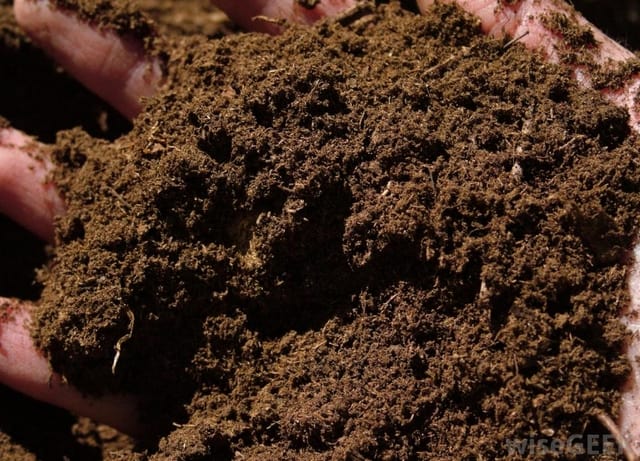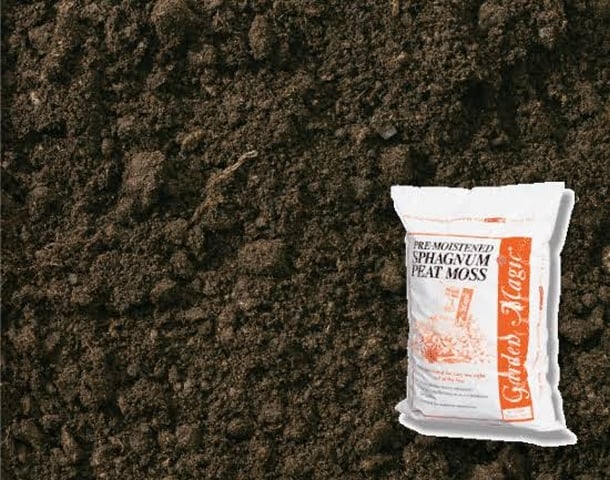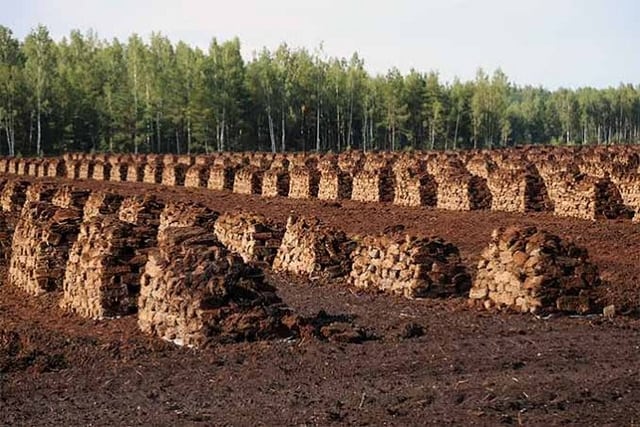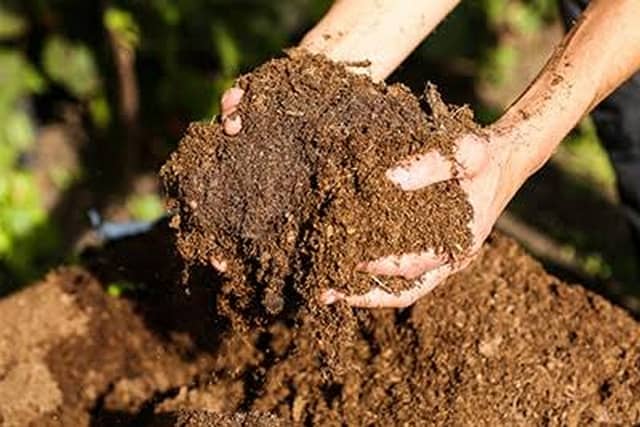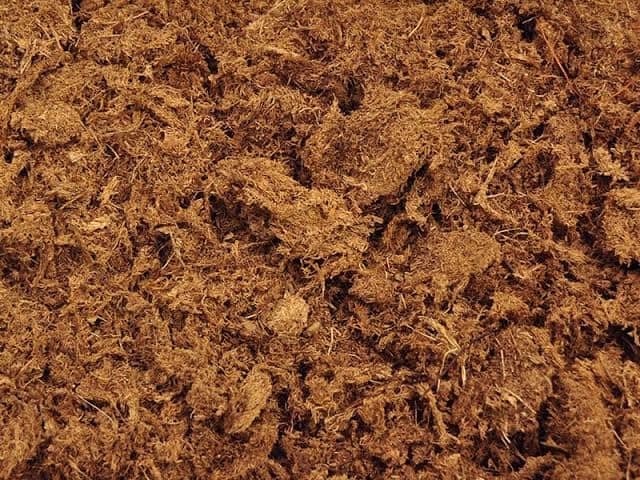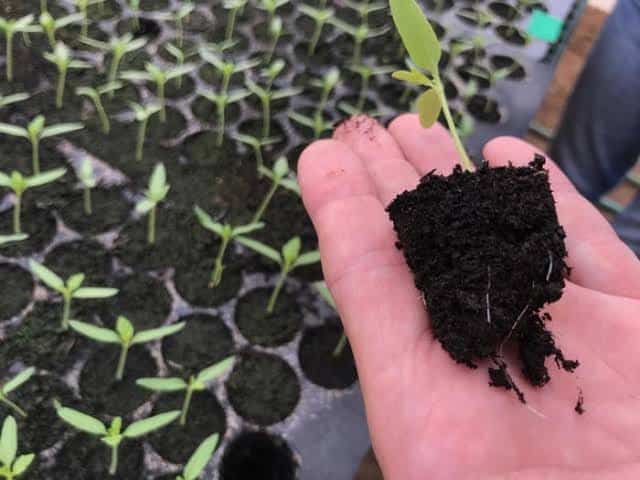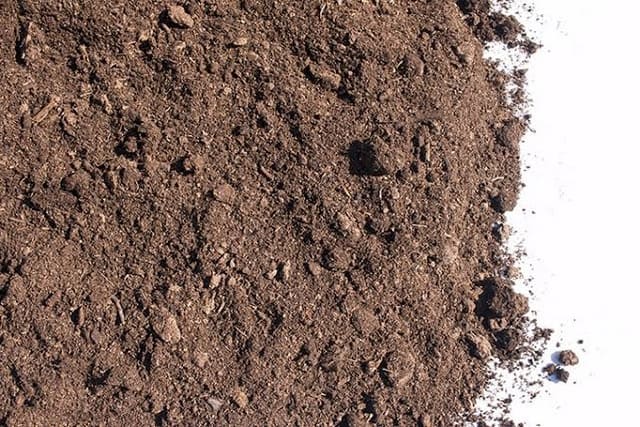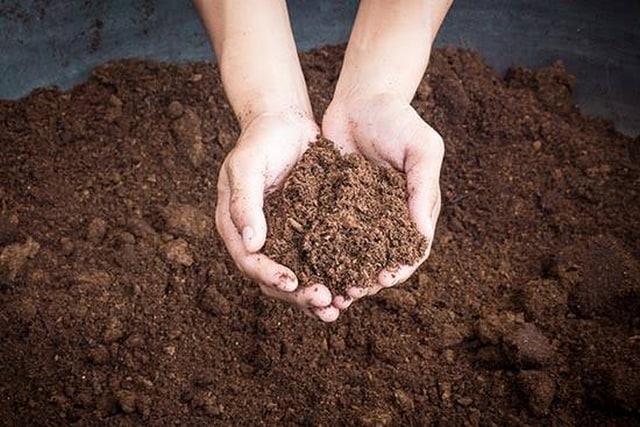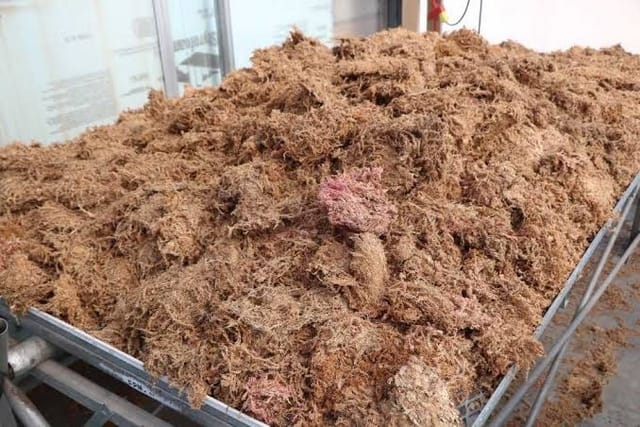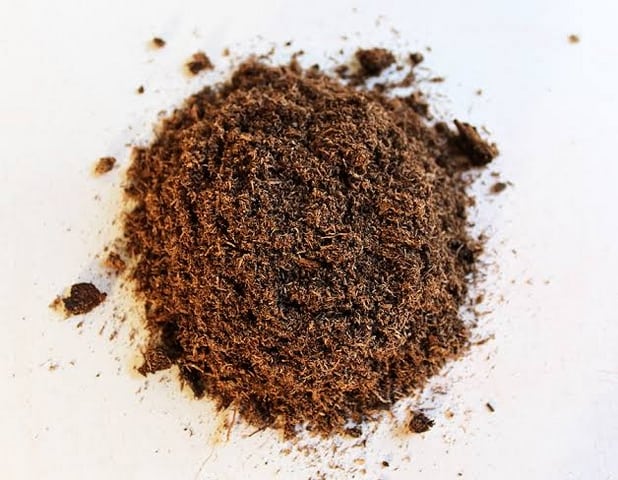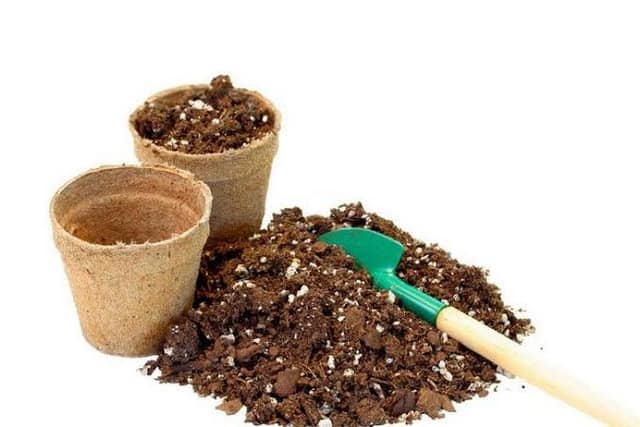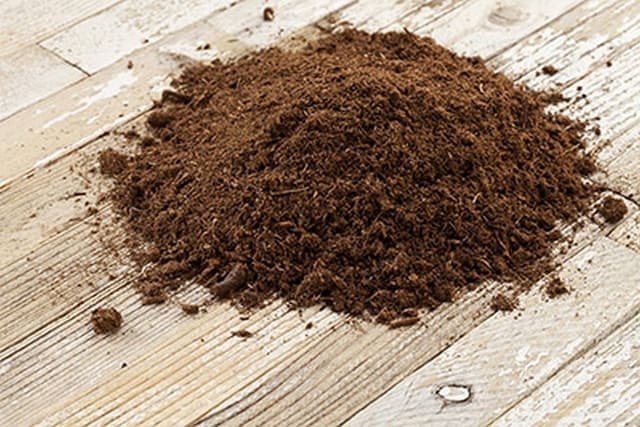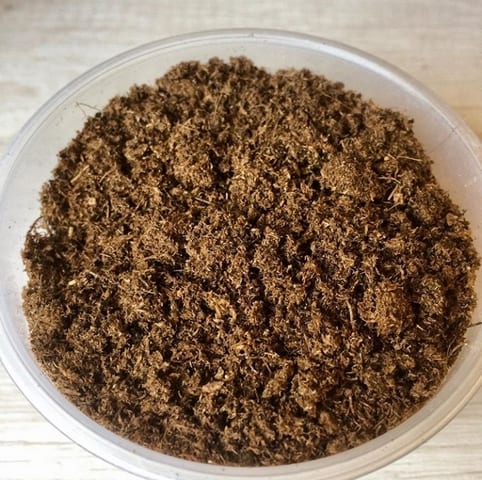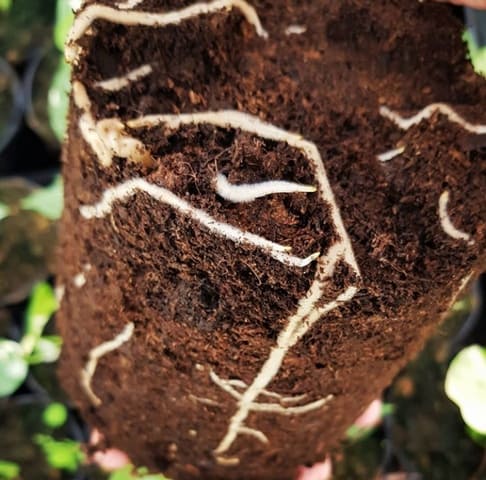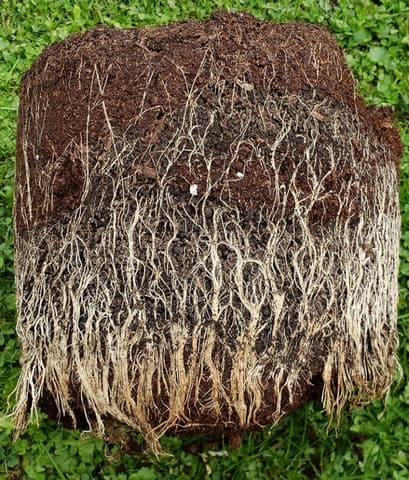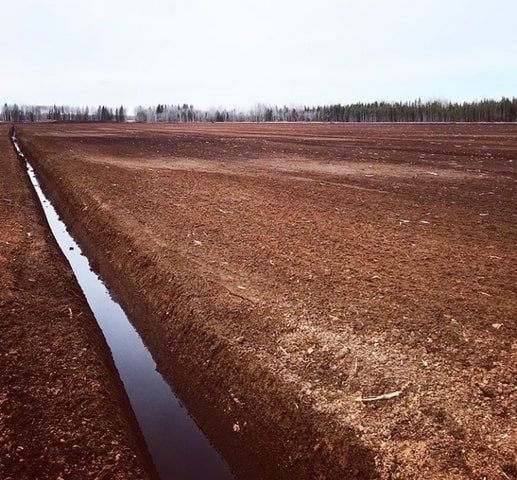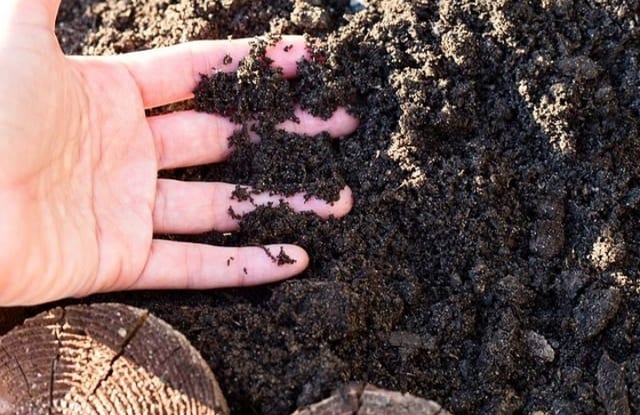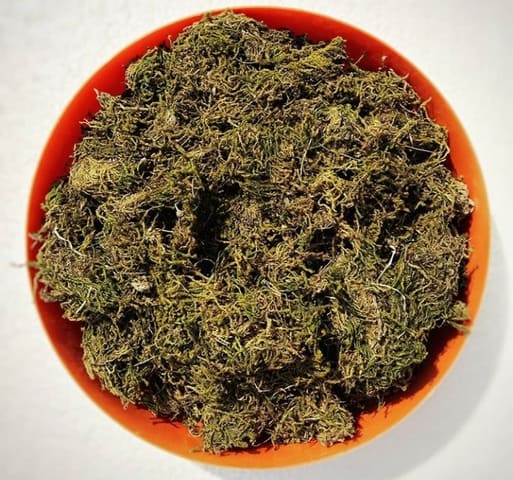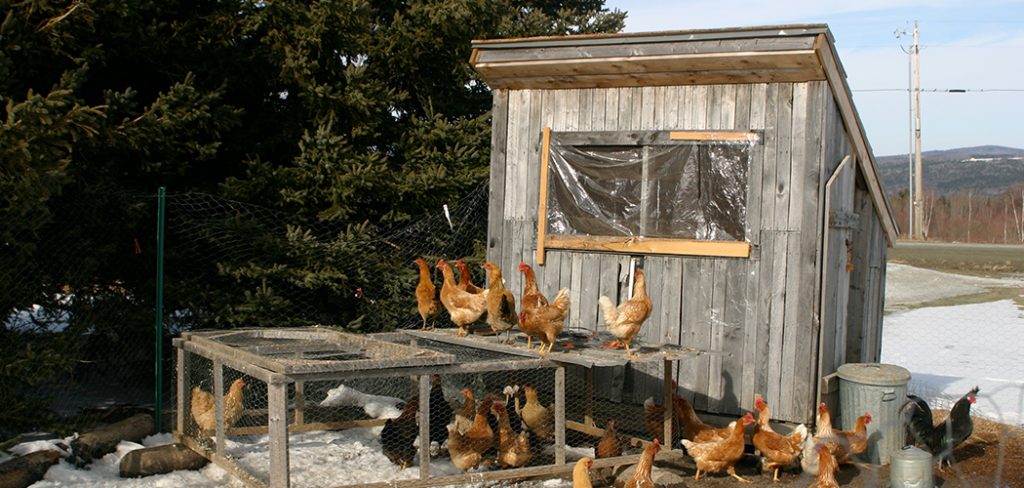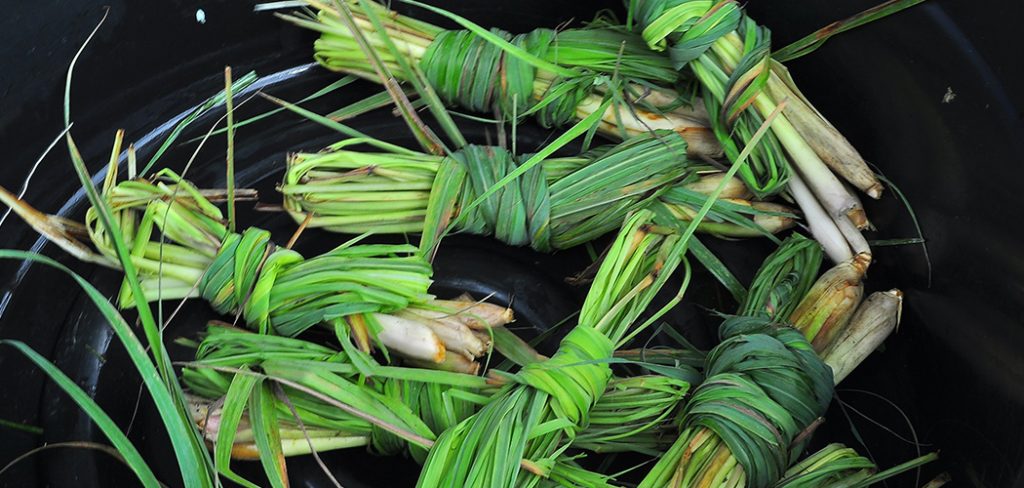Peat moss is a dark brown fibrous material which is a product of sphagnum moss and other biological materials that have undergone millions of years of decomposition in the absence of air.
Its high organic content makes it suitable for use as a fertilizer, although this application is a hugely controversial topic. Environmentalists argue that, mining them releases huge amounts of carbon into the atmosphere, which in turn, endangers the environment.
Also, as peat bogs (where peat moss is found) provide a natural habitat for a wide range of plants and animals, harvesting it leads to displacement of these creatures.
However, this has not stopped farmers from using it on their farms and backyard gardens. Apart from serving as a fertilizer, there are other purposes peat mosses serve.
If you wish to tow the path of peat mosses, below are some of the ways you can use them in your garden:
1. As a medium for seed starting
These mosses makes a great seed starting material due to the fact that it contains no harmful materials, retains water well, and is easy to work with. Its water-retention abilities help keep the soil moist; hence, aiding germination of seedlings.
2. For growing acid-loving plants
Peat moss is slightly acidic in nature, which means you can use it to grow plants that do well in acidic medium. If your garden soil is alkaline, and you need to grow acid-loving plants (such as tomatoes, blueberries), add in a bit of peat moss to the soil and watch your crops thrive.
However, if you want to grow plants that love alkaline soils, it is better to use compost.
3. Used in potting-soil mixes
If you decide to grow plants in pots or containers, peat moss is a useful material to add to your soil mixes; Its ability to retain moisture helps your plants hold nutrients essential for healthy growth.
Also, as peat moss is very good in compaction, it holds plant roots in place so they don’t get uprooted by wind.
When added to potting soil mixes, peat moss’ lightweight and fluffy nature grants potted plants easy access to air.
4. For composting
Peat moss has a high carbon content which makes it quite a valuable material to add to compost piles. Peat also decomposes slowly; hence, it helps make sure your soil retains its nutrients for a long time by balancing out other organic materials that are rich in nutrients, but decompose quickly.
Due to its retention abilities, peat moss added to compost will help hold compost nitrogen which would otherwise escape as ammonia into the atmosphere.
Also, it can be added to your DIY compost bin to reduce its characteristic bad smell.
5. Soil correction
If the soil in your garden is hard, dry and sandy, there is little or no chance of growing plants there successfully. However, adding in peat moss to the soil greatly improves your chances of successfully raising crops.
It boosts the moisture-retention abilities of the soil, and improves drainage. It also helps prevent compaction of soil – a useful property as compaction closes soil pores; hence, reducing water absorption and making it difficult for plants to grow.
6. For transplanting
Peat moss can prove to be very useful when you want to transplant seedlings, particularly for sandy or clayey soils.
Mixing peat moss into the soil the seedlings are to be transplanted into ensures they receive adequate air and moisture when replanted. Also, its ability to retain nutrients helps seedlings grow fast and strong.
